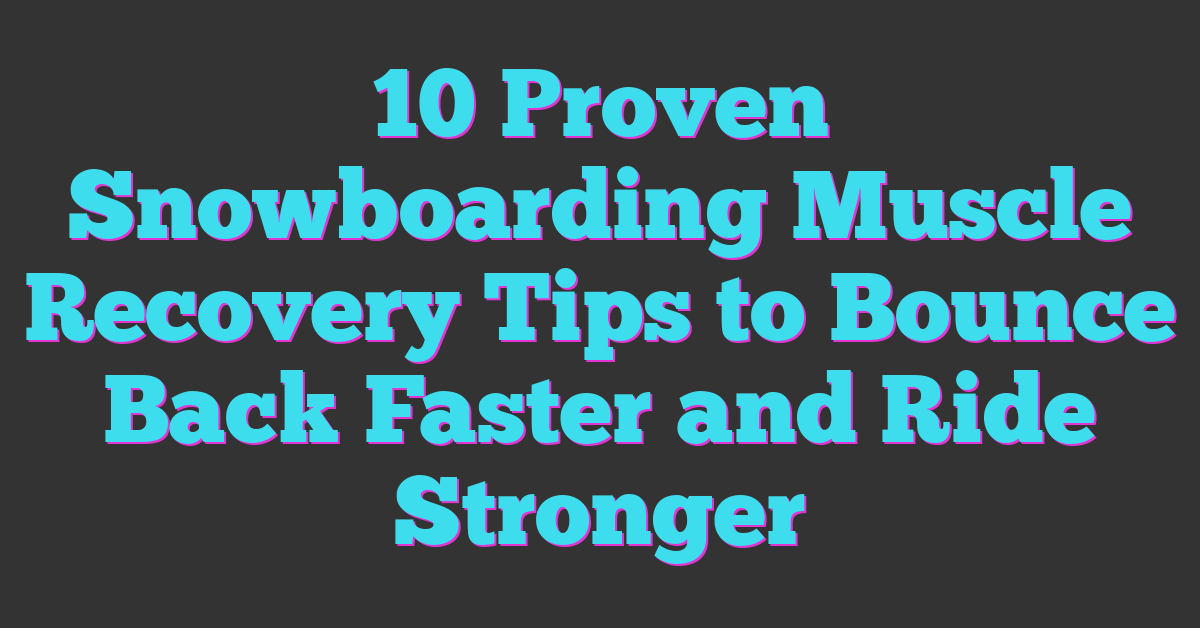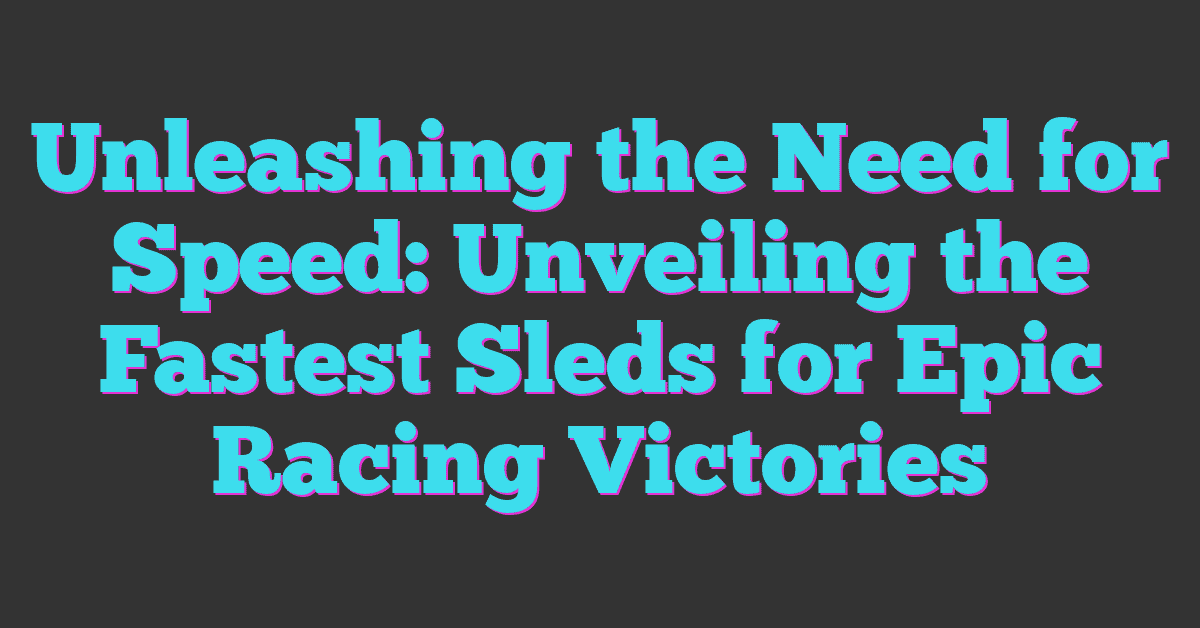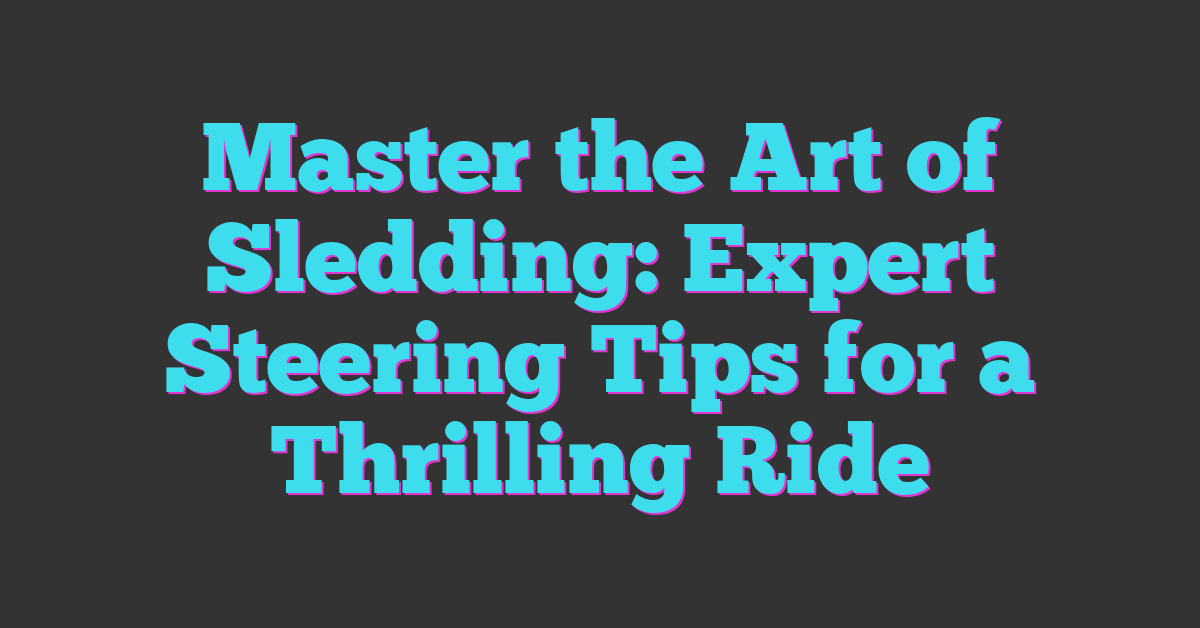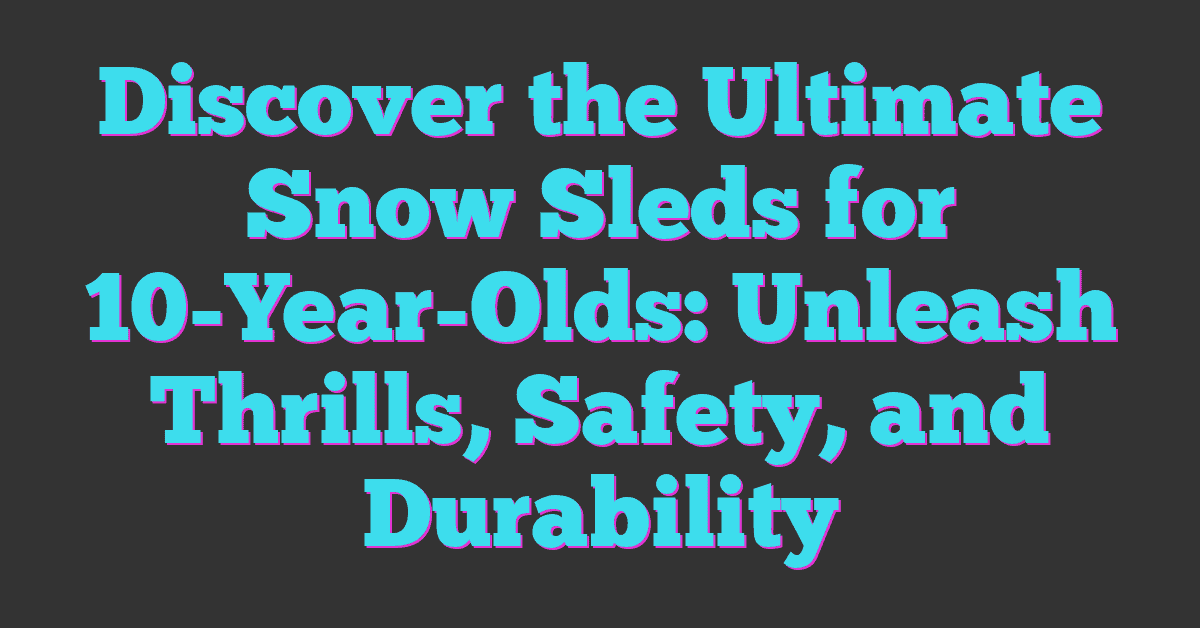Snowboarding pushes your body in exciting ways but can leave your muscles feeling sore and tired. Whether you’re a beginner or hitting the slopes like a pro you’ll want to recover quickly to keep enjoying every run.

Taking care of your muscles after a day on the mountain helps prevent injuries and boosts your performance for next time. With the right recovery tips you can bounce back faster and feel stronger on your board.
Understanding Muscle Strain from Snowboarding
Snowboarding stresses various muscles, making it essential to recognize how your body reacts during and after rides. Knowing which muscles bear the brunt and spotting signs of fatigue or injury helps you take better care of yourself and prolong the fun.
Common Muscle Groups Affected
You engage your legs the most, especially your quadriceps, hamstrings, and calves, as they control turns, jumps, and balance. Your glutes contribute to stability and power. Core muscles, including abs and lower back, keep your posture steady and absorb shocks. Your arms and shoulders also work harder than you might expect, helping with balance and falling safely.
Signs of Muscle Fatigue and Injury
You feel tiredness or soreness during or after snowboarding, signaling muscle fatigue. Sharp pain, swelling, or weakness points to possible injury. Stiffness that limits movement or persistent cramps require attention. Recognizing these signs early lets you adapt your recovery or seek professional help before issues worsen.
Essential Snowboarding Muscle Recovery Tips
Recovering your muscles quickly after a day on the slopes helps you keep your passion for snowboarding alive. Restoring strength and reducing soreness lets you hit the mountain again stronger and more prepared.
Proper Hydration and Nutrition
Drinking plenty of water replaces fluids lost through sweat during snowboarding. Consuming electrolytes like sodium and potassium helps maintain muscle function. Eating protein-rich foods such as lean meats, eggs, and legumes supports muscle repair. Including complex carbs like whole grains replenishes your energy stores. Timing meals within 30 to 60 minutes after snowboarding maximizes recovery benefits.
Effective Stretching and Warm-Down Exercises
Performing gentle stretching routines targets key muscles used in snowboarding, like the quadriceps, calves, and core. Focus on stretches held for 20 to 30 seconds without bouncing to improve flexibility. Incorporating light warm-down exercises such as slow cycling or walking aids blood flow and reduces muscle tightness. Doing these routines within 15 minutes after snowboarding promotes faster muscle recovery.
Using Ice and Heat Therapy
Applying ice packs to sore areas for 15 to 20 minutes reduces inflammation and numbs pain immediately after snowboarding. Using heat therapy, such as warm baths or heating pads, relaxes tight muscles and improves circulation when soreness persists after 48 hours. Alternating ice and heat treatments supports muscle healing and eases discomfort effectively.
Recovery Tools and Techniques
You use recovery tools and techniques to speed muscle healing and get back on your board stronger. These methods target soreness and stiffness while promoting better circulation and flexibility.
Foam Rolling and Massage Therapy
Foam rolling targets tight muscles from snowboarding, especially in your quads, hamstrings, and calves. Roll slowly over sore spots for 1 to 2 minutes, applying steady pressure to break up knots and improve blood flow. Massage therapy complements foam rolling by reaching deeper muscle layers and easing tension in your shoulders, glutes, and core. Both help reduce recovery time by loosening muscles and preventing stiffness after long days on the slopes.
Compression Gear Benefits
Compression gear supports your muscles by increasing circulation and reducing inflammation. Wearing compression socks or sleeves during or after snowboarding helps decrease muscle vibration, lessening soreness. Compression also speeds up the removal of metabolic waste products like lactic acid, which accumulate during intense activity. Using compression gear allows you to recover faster and maintain peak performance for your next ride.
Incorporating Rest and Sleep for Optimal Recovery
Prioritize rest after intense snowboarding sessions to allow your muscles time to repair and rebuild. Allocate at least one full day of rest after heavy riding, especially when you feel persistent soreness or stiffness. Maximize recovery by aiming for 7 to 9 hours of quality sleep each night, since deep sleep triggers the release of growth hormone, essential for muscle repair.
Maintain a consistent sleep schedule to support your body’s natural recovery rhythms. Create a calming bedtime routine, avoiding screens and intense activity at least an hour before sleep to improve rest quality. Nap for 20 to 30 minutes if you feel drained during the day, but limit naps to avoid interfering with nighttime sleep.
Hydrate before sleep to support muscle recovery, but limit fluid intake close to bedtime to reduce nighttime awakenings. Sleep environment matters—keep your room cool, dark, and quiet for uninterrupted rest. If muscle soreness disrupts your sleep, try gentle stretching or foam rolling before bedtime to relax tight muscles.
Consistent rest and proper sleep enhance your endurance and reduce injury risk, letting you enjoy more days on the slopes with fresh strength and energy.
Conclusion
Taking care of your muscles after snowboarding isn’t just about feeling better today—it’s about staying strong and ready for every run ahead. By listening to your body and giving it the attention it needs, you’ll bounce back faster and keep enjoying the thrill of the slopes.
Remember, recovery is a key part of the ride. Treat it with the same dedication you bring to snowboarding, and you’ll find yourself hitting the mountain with more power and less pain every time. Your muscles will thank you, and your next adventure will be even better.










